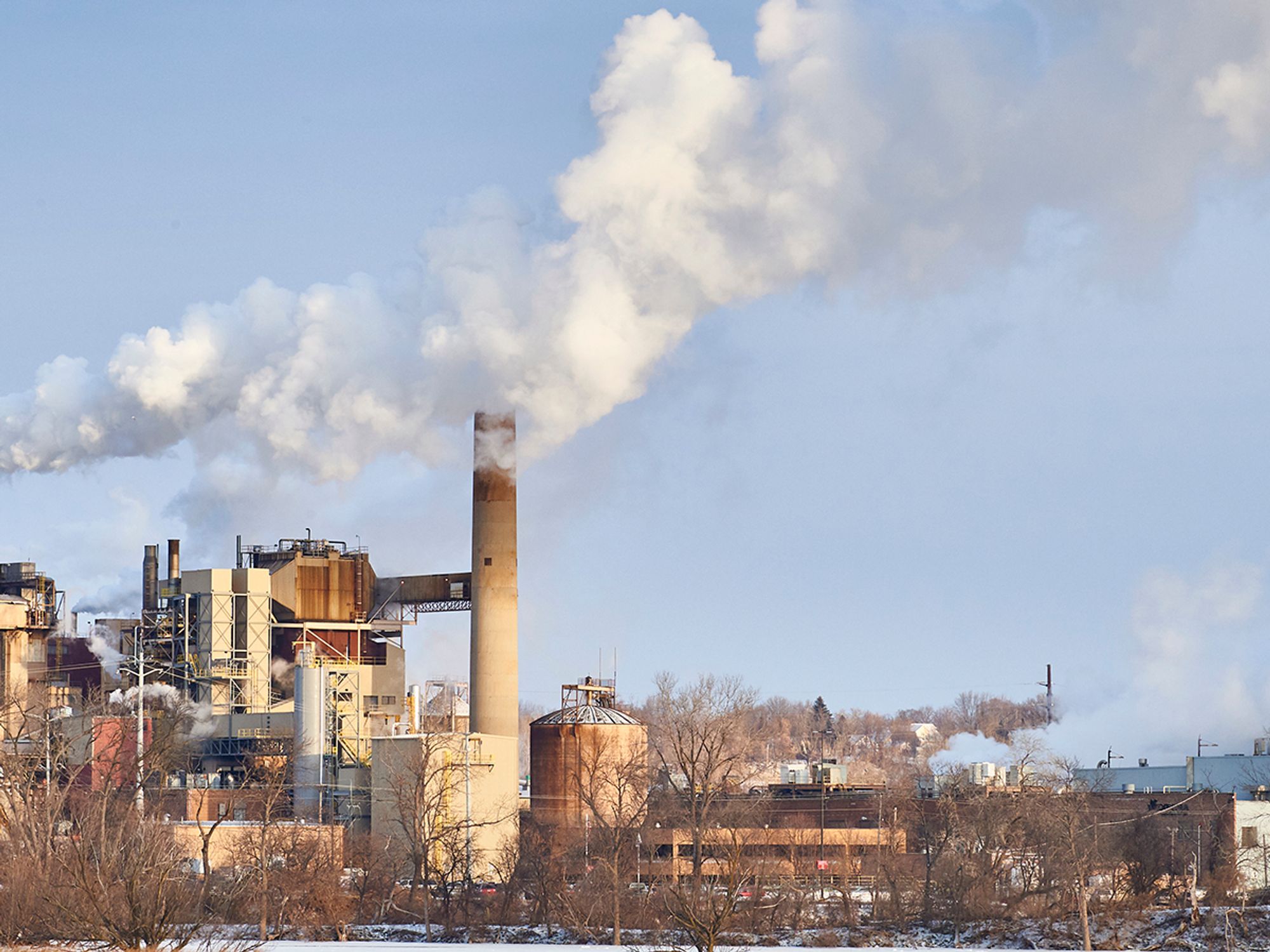Special issues

- A continuous release is a release of a hazardous substance that is continuous and stable in quantity and rate.
- A release of a substance that rapidly forms a CERCLA hazardous substance upon release is a reportable event.
- Transportation-related releases must be reported immediately to the NRC.
There are several issues relating to CERCLA release reporting that need special attention. These topics augment previously discussed material. Knowledge of these special issues is essential to fully understanding CERCLA.
Continuous releases
The Environmental Protection Agency (EPA) defines a continuous release as a release of a hazardous substance that is continuous and stable in quantity and rate. EPA interprets “continuous” to mean a release that occurs without interruption or abatement that is routine, anticipated, and intermittent during normal operation or treatment process. “Stable in quantity and rate” means predictable and regular in amount and rate of emission.
A continuous release may be a release that occurs 24 hours a day, such as a radon release from a stockpile. It may also be a release that occurs during a certain process, such as benzene released during the production of polymers, or a release of a hazardous substance from a tank vent each time the tank is filled.
Releases from malfunctions may qualify for reduced reporting as continuous releases if they:
- Are normal plant operation or treatment processes;
- Are stable in quantity and rate; and either
- Occur without interruption of abatement, or
- Are routine, anticipated, and intermittent.
The Comprehensive Environmental Response, Compensation, and Liability Act (CERCLA) 103(f)(2) provides a reduced reporting requirement for continuous releases of hazardous substances that exceed the reportable quantity (RQ). The reduced reporting requirements are spelled out at 40 CFR 302.8.
Disposal at RCRA facilities
The disposal of hazardous substances into a disposal facility in accordance with EPA regulations is not subject to CERCLA notification provisions. Where the disposal of wastes into permitted or interim status facilities is properly documented through the Resource Conservation and Recovery Act (RCRA) manifest system and RCRA regulations are followed, notification under CERCLA does not provide a significant additional benefit, if the facility is in compliance with all applicable regulations and permit conditions.
For example, if a waste generator or building owner or operator properly disposes of lamps containing one pound or more of mercury into a RCRA-permitted facility during a 24-hour period, the generator or owner or operator would not be required to report the release under CERCLA.
Where the person in charge knows that the facility is not in substantial compliance, that person must report the disposal of an RQ or more of a hazardous substance to the National Response Center (NRC). Of course, spills and accidents occurring during disposal that result in the release of an RQ or more of a hazardous substance must also be reported to the NRC.
Substances that change after release
A release of a substance that rapidly forms a CERCLA hazardous substance upon release is a reportable event. For example, a metal chloride, which is not specifically listed as a hazardous substance under CERCLA, readily changes to hydrochloric acid when it comes in contact with water. Hydrochloric acid is specifically listed as a hazardous substance under CERCLA and, therefore, must be reported if an RQ or more is released in a 24-hour period.
EPA has not clarified the term “rapidly,” nor listed all substances that rapidly form hazardous substances when released.
Transportation-related releases
Under CERCLA 103(a), even transportation-related releases must be reported immediately to the NRC.
